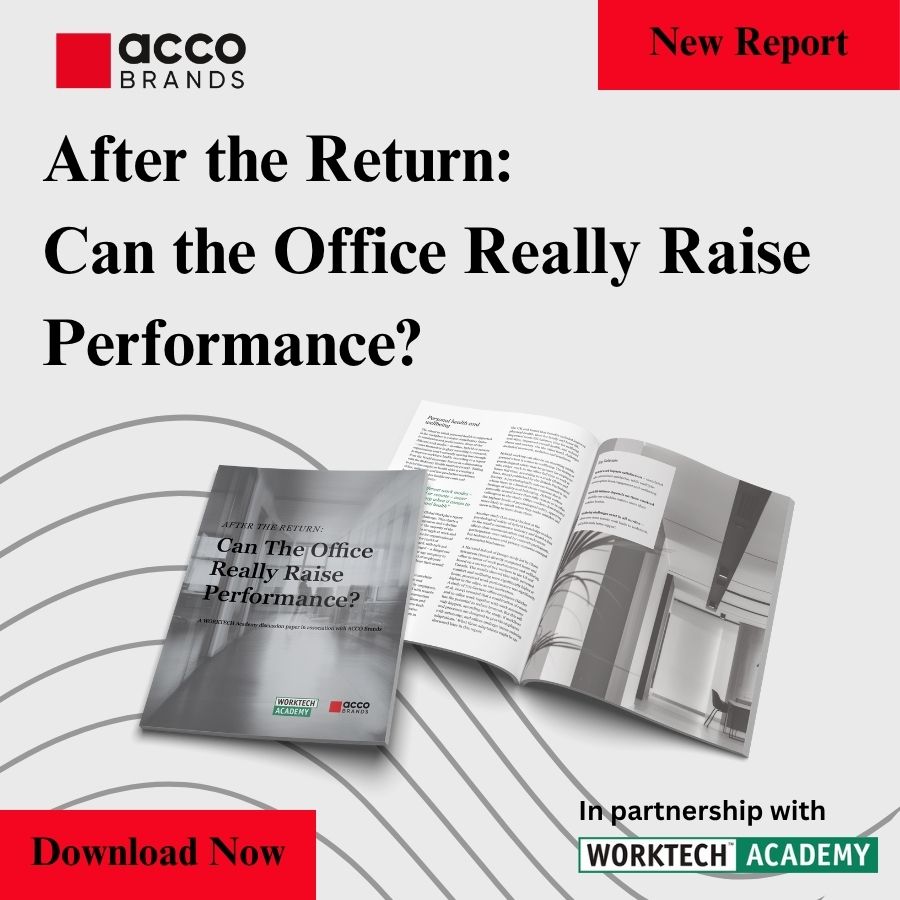Is misplaced faith in mandates making things worse for the RTO?
Company bosses are doubling down on the return to office but all the evidence on mandates suggests that they repel talent and wreck morale without really raising levels of performance
As more large firms mandate their workforces back to the office this autumn, it’s clear that many company bosses see enforcement of stricter onsite policies as the way to solve the hybrid working puzzle. But do mandates really move the performance dial for the return to office, or simply store up employee resentments that can be counter-productive?
Much of the evidence points to mandates having a negative effect, whether that is losing your best talent, widening the gender pay gap, or damaging trust through use of mandates to lay off staff ‘on the cheap’ or scapegoat them for poor company performance.
Losing high performers
According to a recent Gartner study, imposing office mandates is a surefire way to lose your best performers. Gartner surveyed more than 2,000 knowledge workers on their intent to stay in their jobs if strictly mandated to return to the office. It found high performers were twice as likely as the average employee to quit their jobs. Women and millennials were also a flight risk, which has an impact on talent retention.
These findings are confirmed by the Flex Index which reports that RTO mandates in the US could be in danger of reversing decades of progress on gender pay equity.
Women are nearly three times as likely to quit when RTO mandates are imposed and those who leave take serious hits: 46% accept lower-level positions and 41% make lateral moves to preserve flexibility. One executive profiled took a US $30,000 pay cut rather than return full-time. The gender wage gap has widened for two years running: women now earn 81 cents per male dollar, down from 84 cents in 2022, and their participation in the workforce has dropped three percentage points.
Layoffs in disguise
If that doesn’t sound great, consider how companies are deepening employee mistrust by using RTO mandates as a tactic to lay off staff on the cheap. The Federal Reserve in the US has acknowledged that many large American firms are seeking to reduce headcount through attrition by demanding rigid office attendance rather than via traditional redundancy processes which can involve costly severance payments and health benefits.
As Stanford University professor Nick Bloom points out, ‘It is a cheap way to reduce headcount, there’s no disguising that. The problem is, you don’t get to choose who leaves.’
Corrosive effect on culture
Findings from academic research back up the case for mandates having a corrosive effect on company culture and collaboration, ironically so when a key argument for insisting on attending the office is to enhance them.
A University of Pittsburgh study by Ding and Ma (2023) used a sample of US firms in the Standard and Poor 500 to examine the consequences of making mandates stick. This research reported significant declines in employee job satisfaction ‘consistent with managers using RTO mandates to reassert control over employees and blame employees as a scapegoat for bad firm performance.’
Mandate mirage
The problems with office mandates aren’t confined to the US – they are global. When architecture firm Hassell surveyed 3,000 knowledge workers this year in Australia, Hong Kong, Singapore, South Korea, the UK and US for its aptly named report The Mandate Mirage, it discovered that strict policies have sowed staff dissatisfaction without significantly changing where people work. In-person attendance has flatlined so there is little benefit to offset the inevitable hit to company morale.
The message that mandates don’t work would appear to be clear to anyone who looks at the weight of evidence amassing before our eyes. Anyone, that is, except for those company bosses who have tried free pizza and coffee and decided that rigid onsite policies are the only way to go.
‘Office mandates are increasingly viewed as having a malevolent intent…’
There is a valid argument to make around a return to office that elevates human experience, connection, creativity and collaboration. Plainly, some workplace interactions and behaviours have suffered with hybrid work and would be enhanced with more in-office time.
There is also a case for redesigning the office to make it more attractive to employees without the need for a blanket ban on flexible working. Hassell’s research points to bringing leisure and lifestyle into the office, combining convenience with experience.
But mandates? They don’t make a lot of sense and are increasingly viewed as having a malevolent intent. Haven’t we got enough talent and ingenuity in the workplace sector to reframe the office as a magnet destination without the need for employers to continually lay down the law on attendance?








